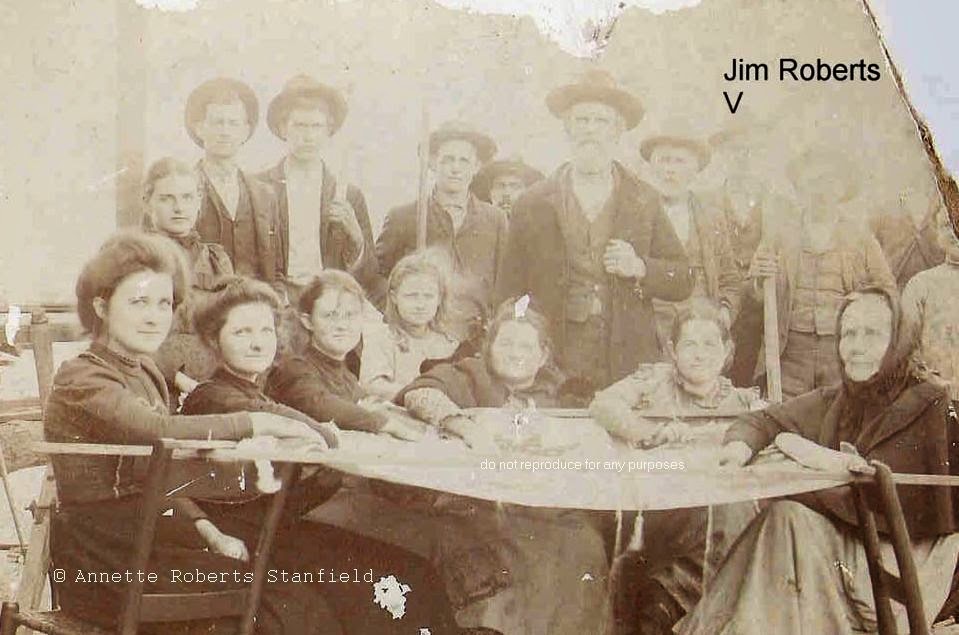 |
|
This 5-gallon stoneware storage jar, incised “March 4 1857 Dave” on shoulder, sold at auction for $39,550.
|
Yesterday I mentioned in passing that the banjo is credited to American slave laborers, who made themselves skin-and-gourd stringed instruments of a type similar to those left behind in Africa. That image of singing in the depths of slavery stayed with me all day. The urge to create is our common humanity made visible. Creativity itself is what separates us from all other orders of creation.
Sadly, the Negro Spiritual (and its influence through almost 200 years of music) is the major part of what is left of the American slave’s artistic heritage. There were slave artisans working in the Americas, of course, but their work is generally either anonymous or missing.
 |
|
Early American Powder Horn, dated 1777, used during the American Revolution by a former slave named Prince Simbo.
|
Among them was one “Dave the Slave,” or David Drake, as he styled himself after the Emancipation. Born around 1801 on a plantation in South Carolina, he made large jugs, which he often adorned with short poems. At the time it was generally forbidden for African-Americans to read and write, making his occasionally-seditious poetry a peculiarity.
For example, “Follow the Drinking Gourd / For the old man is a-waiting for to carry you to freedom,” is an instruction telling his users that the Big Dipper points north.
He has no biography other than his work; we don’t know the date of his death any more accurately than the date of his birth. But from his own hand, we do know that “Dave belongs to Mr. Miles / Wher the oven bakes & the pot biles.”
Dave the Slave was unusual because we have a name to attach to a body of work. He worked in Edgefield, South Carolina, a pottery center due to its clay soil. Slave owners like Benjamin Franklin Landrum and Thomas J. Davies hired out their slaves as workers at the kilns. Unsigned pottery from Edgefield is identified by the name of the kiln owners; the artisans are for the most part undocumented.
But to add insult to injury, Dave’s jugs are now valuable collectibles, selling at up to $40,000 each.
Let me know if you’re interested in painting with me on the Schoodic Peninsula in beautiful Acadia National Park in 2015 or Rochester at any time. Click here for more information on my Maine workshops! Download a brochure here.

































